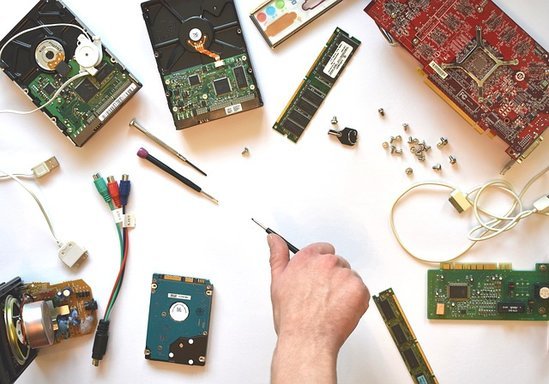Electronics Engineering

During teaching Electronics & Communication Engineering students, I observed that most of the students are not clear with the concept of BJT and other electronic devices therefore this course is designed for those persons who feel uncomfortable in the semiconductor electronics devices like diodes, BJT, FET etc. This is the right course for someone who wants to strengthen his/her concepts of electronic circuits and devices. This course runs in various universities with different names like- Electronics Engineering, Basic Electronics, semiconductor devices etc.

Prerequisites
Basic knowledge of: semiconductors, KVL and KCL

Course duration
50 Hours
OUR SERVICES RELATED TO COURSE

Assignment Solutions

Lecture Notes

Online Live Interactions

Online classes through video Lectures
course syllabus

p-n junction, depletion layer ,v-i characteristics( ideal and practical), diode resistance, capacitance, diode ratings (average current, repetitive peak current, peak-inverse voltage) p-n junction as rectifiers (half wave and full wave), filter (Shunt capacitor filter), calculation of ripple factor and load regulation, clippling circuits, clamping circuits, voltage multipliers
Breakdown mechanism (zener and avalanche) ,breakdown characteristics, zener resistance, zener diode ratings, zener diode application as shunt regulator
basic construction, transistor action ,CB, CE and CC configurations, input/ output characteristics biasing of transistors, fixed bias, emitter bias, potential divider bias, comparison of biasing circuits graphical analysis of CE amplifier, concept of voltage gain, current gain, h-parameter model (low freq.) computation of Ai, Av, Ri, Ro of single transistor CE amplifier configuration
JFET: Basic construction, principle of working, concept of pinch-off maximum drain saturation current, input and transfer characteristics characteristic equation, CG, CS and CD configurations, fixed and self biasing of JFET amplifier MOSFET: depletion and enhancement type MOSFET- construction, operation and characteristics
concept of ideal operational amplifier, ideal and practical Op-Amp parameters inverting, non-inverting and unity gain configurations applications of Op-Amp as adders, difference amplifiers, integrators and differentiator
working principle of digital voltmeter, digital multimeter (block diagram approach), CRO (its working with block diagram) ,measurement of voltage, current, phase and frequency using CRO
